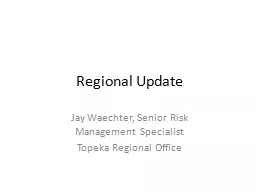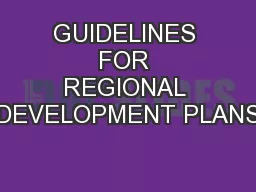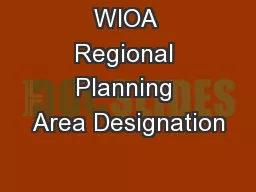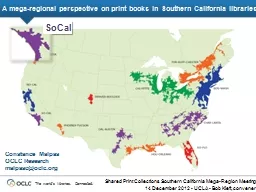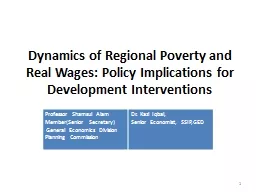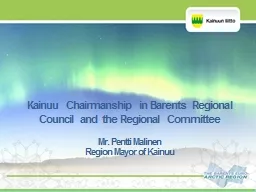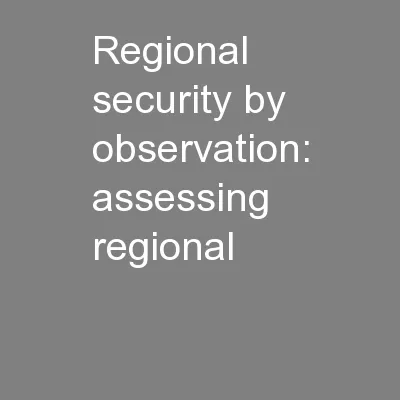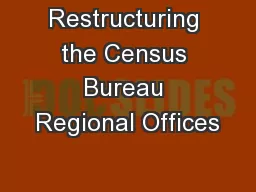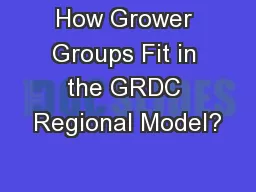PPT-Regional Update
Author : olivia-moreira | Published Date : 2017-12-01
Jay Waechter Senior Risk Management Specialist Topeka Regional Office This presentation does not replace or supersede any procedures or modify any provisions contained
Presentation Embed Code
Download Presentation
Download Presentation The PPT/PDF document "Regional Update" is the property of its rightful owner. Permission is granted to download and print the materials on this website for personal, non-commercial use only, and to display it on your personal computer provided you do not modify the materials and that you retain all copyright notices contained in the materials. By downloading content from our website, you accept the terms of this agreement.
Regional Update: Transcript
Download Rules Of Document
"Regional Update"The content belongs to its owner. You may download and print it for personal use, without modification, and keep all copyright notices. By downloading, you agree to these terms.
Related Documents

